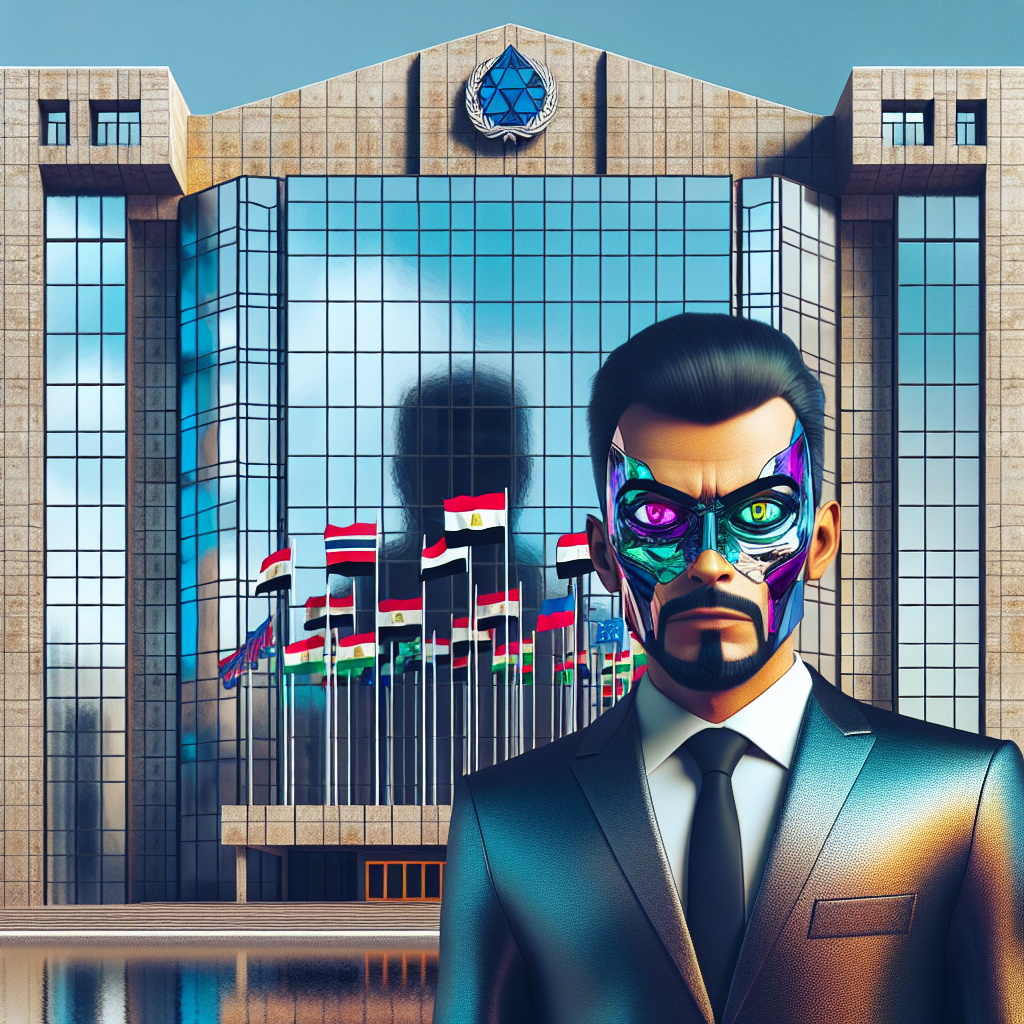The European Union has recently implemented the Digital Services Act (DSA), introducing a system of “Trusted Flaggers” tasked with monitoring and reporting “hate speech” and “fake news” on social media. With the DSA in place, social media platforms face penalties if they do not act on reports from these flaggers. This regulatory framework mandates that all EU member states designate a “Digital Services Coordinator,” which oversees the appointment of Trusted Flaggers who can report violations of digital content. The initiative aims to create a safer online environment by addressing content deemed illegal under the law, reflecting a stringent approach to content moderation that deviates from the more opaque practices observed in countries like the United States.
Anyone aspiring to become a Trusted Flagger is required to demonstrate a certain level of expertise and independence. Klaus Müller, President of Germany’s Bundesnetzagentur—tasked as the Digital Services Coordinator—explains that the goal of the DSA is to extend the rules of analog prohibition to the online realm. He invites citizens to report instances of defamation, discrimination, and fraudulent information they encounter on social media platforms. This level of citizen engagement in censorship activities raises concerns about the scope of “illegal” content, which may extend beyond criminal offenses to include broader social sensitivities, thus affecting freedom of expression.
Despite Müller’s assurances that the Coordinators do not engage in censorship, critics argue that the Trusted Flaggers system embodies a disguised form of censorship under the guise of public safety and happiness. The regulatory framework redefines censorship not merely as the removal of illegal content but as an enforcement mechanism for social norms, often informed by subjective interpretations of speech and discrimination. This has led to fears that the act could disproportionately silence voices that challenge prevailing social narratives, especially those deemed socially or politically controversial.
The DSA’s instruction manual for Trusted Flaggers—spanning 16 pages—enumerates a broad spectrum of content to be reported, indicating an ambitious agenda for social media content policing. Categories for “Disallowed Speech” extend beyond overt threats or illegal speech to ambiguous terms like “hate speech” and “discrimination,” which reflect contemporary societal debates about personal and political expression. This expansive categorization of what constitutes unacceptable speech may lead to an increased climate of self-censorship among social media users who fear being flagged, ultimately stifling diverse viewpoints and healthy discourse.
The first approved Trusted Flagger in Germany comes from a youth foundation funded by the Green party, further indicating the intersection of political agendas and social media regulation. This relationship raises questions about how these initiatives not only control content but also potentially shape public opinion in accordance with specific ideological viewpoints. As these movements gain momentum, the crux of the issue revolves around the effectiveness and morality of employing grassroots flaggers to moderate speech—potentially incentivizing punitive actions against unwelcome opinions while claiming to promote a safer online environment.
In conclusion, the Trusted Flagger initiative under the DSA represents a significant shift in content moderation in the EU, from individual platform discretion to a regulatory-driven model. This evolution of censorship practices uniquely combines public safety with political ideological enforcement, compelling users to navigate a complex digital landscape influenced by subjective interpretations of “hate” and “fake news.” As the responsibilities of Trusted Flaggers evolve, it remains to be seen whether this regulatory framework will successfully foster a more harmonious online environment or inadvertently hinder genuine dialogue and expression, crucial to a democratic society.

